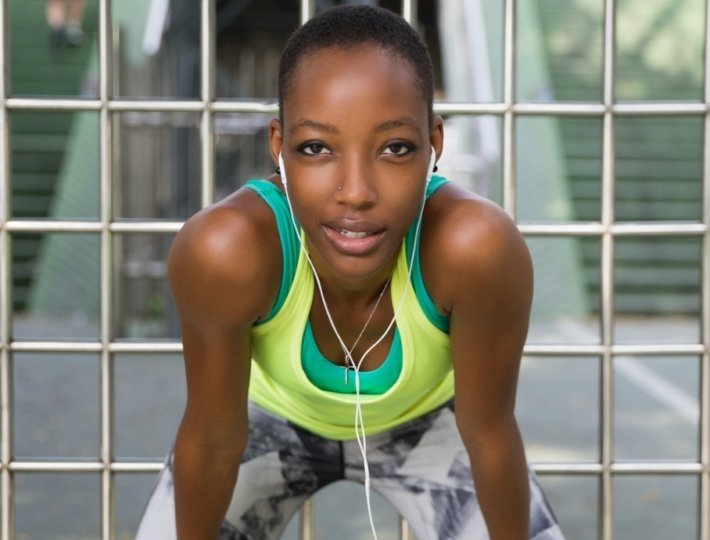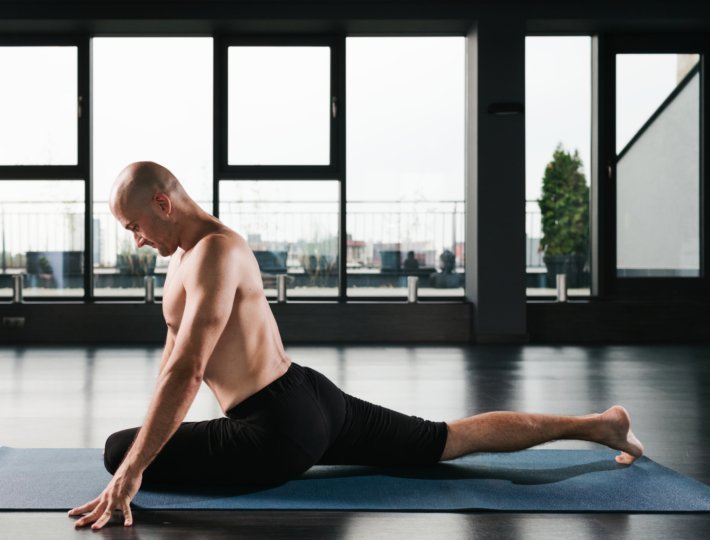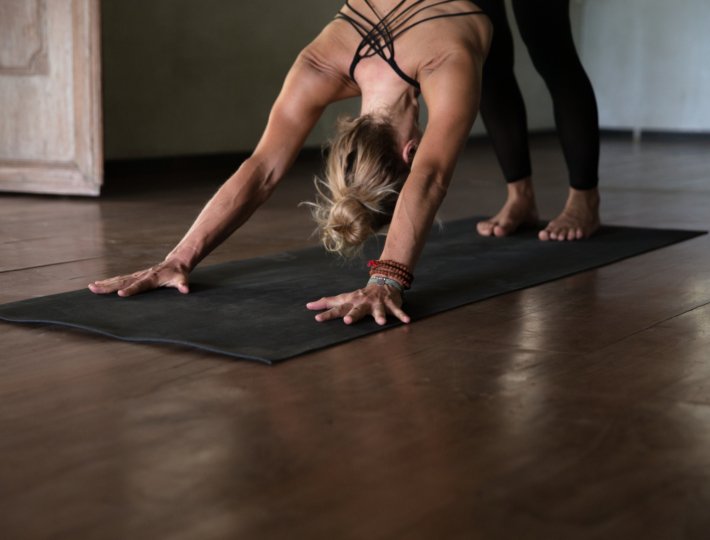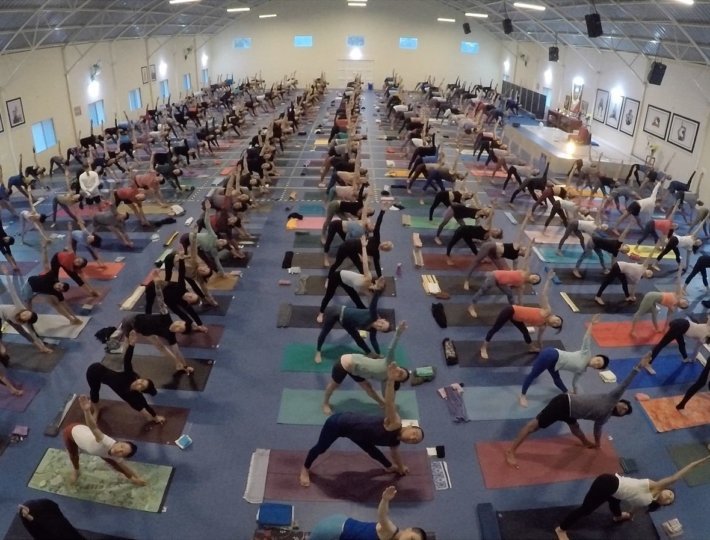If you’re hooked on yoga, you’ve got company: More than 20 million Americans annually participate in the centuries-old practice, and for good reason. Studies show yoga is healthy for the mind—helping calm mental chatter and reduce anxiety—and the body. A quick look around class offers proof of yoga’s effects on the physique. But is yoga alone enough to keep you fit and healthy?
A regular practice can tone muscles, improve balance, increase mobility, and even condition the heart and lungs, but going to one or two classes a week is likely not enough to make noticeable, lasting changes. Doing more yoga more often may help, but because most yogis practice just one style it’s not a guaranteed well-rounded workout.
Yoga, in general, delivers all of the benefits listed above, but each yoga style has a different focus. Most yoga postures inherently require muscle engagement similar to what you might experience during a bodyweight strength workout that incorporates pushups, planks, squats, and lunges, for example. While you may get some strengthening, stretching, and cardiovascular training in every class, each type of yoga will offer more of one and less of the other perks.
In an Iyengar or Anusara yoga class, for example, students are encouraged to hold challenging poses for long periods of time. If you’ve ever tried to stay in Plank or Warrior II for a minute or more, you know how much muscle it requires to not break form. It’s a proven strength-builder, much like using weights and resistance bands.
Other practices that move at a rigorous, cardiovascular pace, including Ashtanga and Vinyasa flow, boost the heart rate and burn calories. You may feel like you just finished a long jog after 90 minutes in one of these classes, and in some ways, you sort of have.
Flexibility training plays a part in all yoga practices—reaching for your toes in a forward fold, twisting through your spine in Triangle Pose—but it may be most emphasized in practices like Bikram, the style of yoga done in a room heated to 105 degrees, or Hatha yoga.
While these yoga styles come close to offering an all-inclusive workout, you’d need to cross-train between styles to get in a balanced fitness session that’s equal parts strength, stretching, and aerobic.
Still, that’s not really a lasting solution. Much like your taste buds, your body craves variety. Even if you went to Ashtanga classes on even numbered days and Iyengar on odd numbered days, you’d be training the same muscles to move the same way. (Although the classes move at different paces, the poses you do are often the same.) This repetition is a big no-no according to sports medicine research: After your body gets used to certain moves they become easier to do and you don’t get as much benefit. What’s more, all of that repetition can also set you up for overuse injuries, like shoulder or hip problems.
That’s why supplementing yoga classes with other workouts—even simple ones like walking—is your best bet for lasting health and fitness. Studies show that regularly varying your routine can help keep your brain and body challenged and engaged.
How should you choose what workouts to sub in? Look at your goals and the style of yoga you currently practice then find a workout that fills in the gaps. If you want to lose weight and already do a slow and strengthening style of yoga, add in one or two sessions each week of cardio, such as a long bike ride or an interval workout. (Try this cardio workout video for a quick at-home routine!) If you want to increase tone and currently practice a fast and flowing style of yoga, add regular weight training to your routine.
As you try out other workouts, don’t be surprised to find that cross-training may improve your yoga practice. Handstands can become easier if you strengthen the muscles in your arms and shoulders. Practicing squats can translate to a deeper and stronger Chair Pose. Increasing cardiovascular fitness through running can make it easier for you seamlessly transition through Ashtanga postures.
It’s okay if yoga is your main physical pursuit. But by letting it be one of a few types of exercise you do each week, you have a better shot at meeting your health and fitness goals and getting the most out of your practice.












Comments (2)